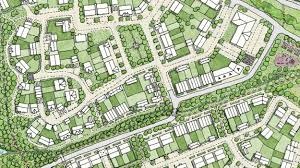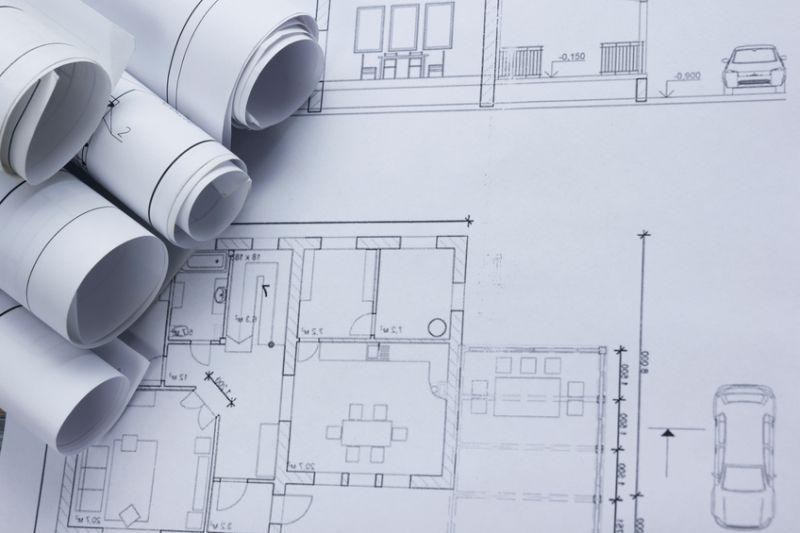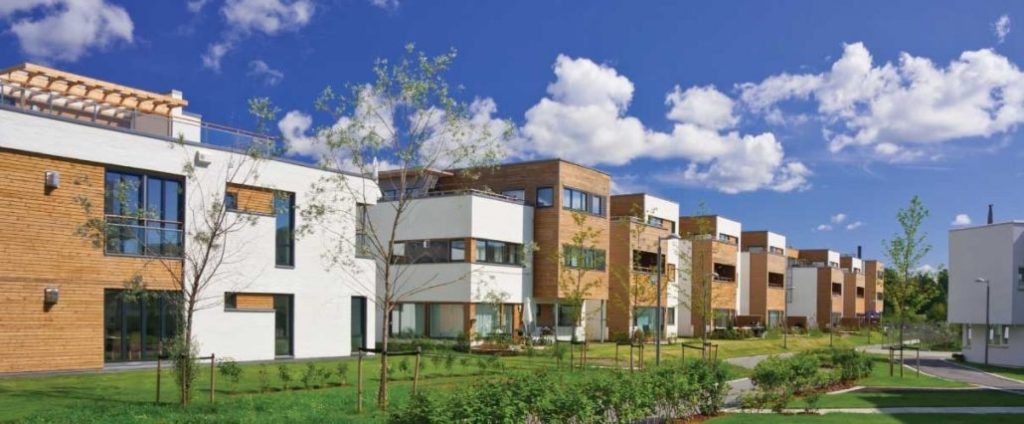Urban and regional planning, architecture, environmental management, and estate management are interconnected disciplines that collectively contribute to the development and sustainability of human settlements. Each field has its distinct focus, but they overlap significantly in their goals and methodologies, working together to create functional, aesthetically pleasing, and environmentally responsible communities. This extensive discussion explores the relationships between these disciplines and their combined impact on shaping our built environment.
1. Urban and Regional Planning

A. Definition and Scope:
- Urban Planning: Focuses on the development and organization of urban spaces, including land use, transportation systems, public services, and infrastructure.
- Regional Planning: Extends beyond urban areas to include rural and suburban regions, addressing issues such as regional growth, resource distribution, and interconnectivity between different areas.
B. Core Functions:
- Land Use Planning: Determining the optimal use of land to balance residential, commercial, industrial, and recreational needs.
- Infrastructure Development: Planning for transportation networks, utilities, and public services to support the population.
- Community Development: Enhancing the quality of life through the provision of amenities, public spaces, and social services.
C. Relationship with Other Disciplines:
- Architecture: Urban and regional planners work with architects to ensure that individual buildings and structures fit within the broader cityscape and regional context.
- Environmental Management: Planners integrate environmental considerations into land use and infrastructure decisions to promote sustainability.
- Estate Management: Collaboration with estate managers ensures that land and property assets are utilized efficiently and maintained properly.
2. Architecture

A. Definition and Scope:
- Architecture: The art and science of designing and constructing buildings and other physical structures, focusing on aesthetics, functionality, and sustainability.
B. Core Functions:
- Design and Aesthetics: Creating visually appealing and culturally significant buildings that enhance the urban landscape.
- Functionality: Ensuring that buildings serve their intended purpose efficiently and meet the needs of occupants.
- Sustainability: Incorporating eco-friendly materials and energy-efficient systems to minimize environmental impact.
C. Relationship with Other Disciplines:
- Urban and Regional Planning: Architects design buildings that conform to zoning laws and urban plans, contributing to cohesive urban development.
- Environmental Management: Architects collaborate with environmental managers to incorporate green building practices and reduce ecological footprints.
- Estate Management: Working with estate managers, architects ensure that buildings are maintained properly and that their design maximizes property value and usability.
3. Environmental Management

A. Definition and Scope:
- Environmental Management: The practice of managing human impact on the environment to promote sustainability and conserve natural resources.
B. Core Functions:
- Resource Conservation: Implementing practices to conserve water, energy, and other natural resources.
- Pollution Control: Reducing emissions and managing waste to minimize environmental degradation.
- Sustainable Development: Promoting development that meets present needs without compromising future generations’ ability to meet theirs.
C. Relationship with Other Disciplines:
- Urban and Regional Planning: Environmental managers work with planners to ensure that development projects comply with environmental regulations and sustainability goals.
- Architecture: Collaboration with architects to design eco-friendly buildings that minimize energy consumption and waste.
- Estate Management: Environmental managers help estate managers implement green practices in property maintenance and operations.
4. Estate Management

A. Definition and Scope:
- Estate Management: The administration and supervision of land, property, and buildings, focusing on optimizing their use, maintenance, and value.
B. Core Functions:
- Property Maintenance: Ensuring that buildings and land are well-maintained and safe for use.
- Asset Management: Maximizing the value and profitability of property assets through strategic planning and management.
- Tenant Relations: Managing relationships with tenants to ensure high occupancy rates and tenant satisfaction.
C. Relationship with Other Disciplines:
- Urban and Regional Planning: Estate managers work with planners to ensure that properties align with broader urban development goals and zoning laws.
- Architecture: Collaborating with architects to design properties that meet market demands and are easy to maintain.
- Environmental Management: Implementing sustainable practices in property management to reduce environmental impact and operational costs.
Interdisciplinary Collaboration
A. Integrated Development Projects:
- Collaborative Planning: Urban and regional planners, architects, environmental managers, and estate managers work together from the inception of development projects to ensure cohesive and sustainable outcomes.
- Stakeholder Engagement: Engaging various stakeholders, including community members, government agencies, and private developers, to ensure that development projects meet diverse needs and expectations.
B. Sustainable Urban Design:
- Green Infrastructure: Incorporating green spaces, parks, and environmentally friendly infrastructure into urban designs to enhance livability and ecological balance.
- Energy Efficiency: Designing buildings and urban layouts that optimize energy use and reduce carbon footprints through renewable energy sources and efficient systems.
C. Resilient Communities:
- Disaster Preparedness: Planning for natural disasters and climate change impacts through resilient infrastructure and community preparedness programs.
- Social Equity: Ensuring that development projects address social equity by providing affordable housing, accessible public services, and inclusive public spaces.
Conclusion
The relationship between urban and regional planning, architecture, environmental management, and estate management is vital for creating sustainable, functional, and aesthetically pleasing human settlements. These disciplines are interconnected, with each contributing unique expertise and perspectives to the planning and development process. Through collaborative efforts, professionals in these fields can ensure that development projects are not only economically viable and socially equitable but also environmentally responsible and resilient. This holistic approach to urban and regional development is essential for addressing the complex challenges of modern cities and regions, ultimately leading to more sustainable and livable communities.



